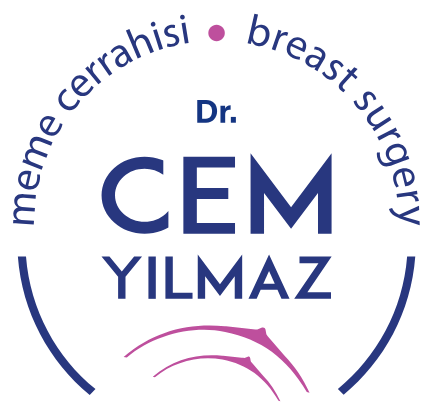Saturday: 08:00 - 14:00
Structure of the Breast
Breast Development
Breast development goes through different stages at different stages of a woman's life. Breast development begins in the womb. The changes seen with puberty continue through pregnancy. Various changes also occur during menstruation and menopause.
When Does Breast Development Begin?
The first phase of breast development begins in the 6th week of pregnancy. By the end of pregnancy, the nipple and associated milk ducts have formed.
The second phase of breast development begins with puberty. With the release of estrogen from the ovaries, fat and supportive tissue increase in the breast area, and the breast begins to enlarge. Meanwhile, the milk ducts also participate in this growth. These changes, usually seen in the breast, begin with hair growth in the groin and armpit areas.
As a woman begins menstruating, breast tissue develops, and mammary glands form at the ends of the milk ducts. Breast development, which begins with puberty, progresses differently for every woman. With each menstrual cycle, breast tissue develops a little more, and this development continues until the age of 30.
What Changes Occur in the Breast During Menstruation?
During the first phase of menstruation, increased estrogen levels cause the milk ducts in the breast to enlarge. Ovulation occurs midway through the menstrual cycle due to the increased estrogen levels. Following this, a surge in progesterone levels begins, which stimulates the development of the mammary glands. During this time, water retention increases, causing the breasts to stretch and become tender. This development is the cause of the pain and tenderness that occur around the time of menstruation. This type of pain is not associated with breast cancer.
The externally palpable structure of the breast changes around the time of menstruation; various lumps may be felt in the breast as the mammary glands develop. Therefore, self-examination should be performed after menstruation.
This change in the breast is a preliminary preparation for feeding the baby if pregnancy occurs. If pregnancy does not occur, the period ends with the onset of menstruation. The increased cells are destroyed by other cells. The amount of water retained in the breast returns to normal. As a result, the pain felt in the breast disappears or decreases.
Breast Changes During Pregnancy and Breastfeeding
The breast fully develops only after birth. These changes are one of the earliest signs of pregnancy. The development of the milk ducts and mammary glands can cause symptoms such as breast pain, nipple pain, and burning sensation. During early pregnancy, the development of the milk ducts and mammary glands occurs; In the later stages of pregnancy, the transformation of the cells in the mammary glands into milk-producing cells is completed.
By the 5th or 6th month of pregnancy, the breasts reach their milk-producing capacity. During this time, various hormones, including estrogen and progesterone, as well as FSH (follicle-stimulating hormone), LH (luteinizing hormone), prolactin, oxytocin, and HPL (human placental lactogen), influence the breast.
The sole reason for all changes in the breast is preparation for feeding the newborn.
Changes During Menopause
With the approach of menopause, estrogen and progesterone levels begin to fluctuate, leading to a significant decrease in blood levels of these hormones. All tissues, including the breast, that are under the influence of estrogen begin to regress. The mammary glands regress, the amount of water in the connective and supportive tissue decreases (dehydration), elasticity is lost, and the breast sags.


